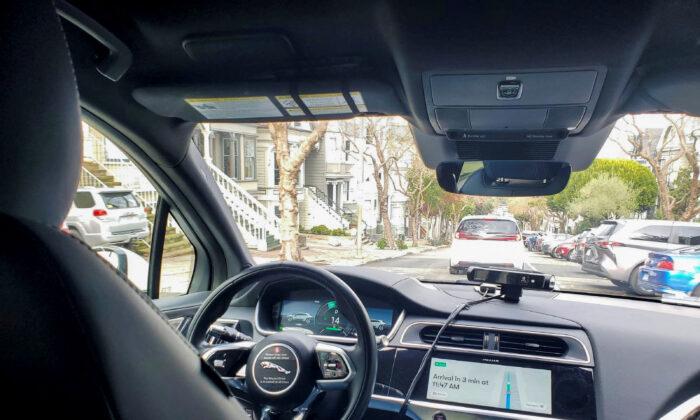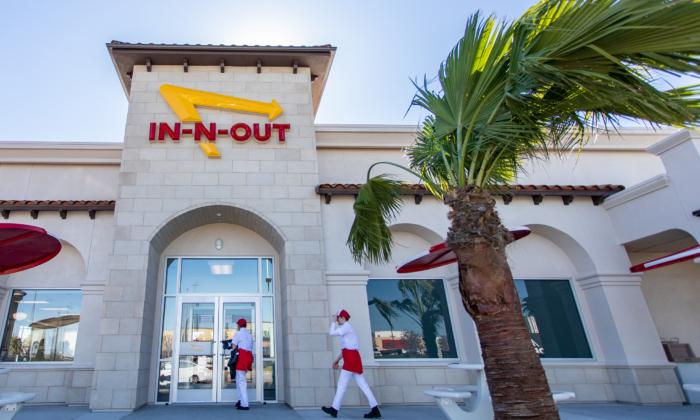The report card has been an annual release for the past 33 years and advises tourists and residents on which beaches to visit and which ones to avoid.
According to the Beach Report Card, beach rankings are a result of compiling water quality data into easy-to-read grades. The “Beach Report Card Basics” section includes information about how the water is tested.
It states, “Water samples are analyzed for three fecal indicator bacteria (FIB): total coliform, fecal coliform (E. coli), and Enterococcus species.”
This year’s report is significant since it follows on the heels of record-breaking rainfall in the state. Wet weather conditions noticeably deteriorate quality for many water bodies due to extra rain that washes “pollutants, including bacteria, into the ocean, resulting in an overall decline in Wet Weather Grades,” according to Heal the Bay.
The extra water can flood sewer systems, leading in part to the almost 50 million gallons of sewage spilled into the ocean and waterways in California.
The report card includes the Beach Bummer and Honor Roll lists, which showcase the best and worst beaches. The prestigious honor roll spots are awarded to beaches that are “monitored weekly all year and must receive an A+ for all seasons and weather conditions,” according to Heal the Bay.
The study also produces an extensive summary of each county surveyed in California, including county-wide averaged scores during summer, winter, and wet weather. The California counties receiving such a description were Ventura, Los Angeles, Orange, San Diego, Santa Barbara, Monterey, Santa Cruz, San Mateo, Alameda, Contra Costa, and San Luis Obispo.
Among these rankings, 95 percent of beaches in California that were assessed by the study received an A or B grade during the summer, according to Heal the Bay’s website. However, of the same beaches, only 56 percent of beaches received the same grades during wet weather.
This number was “worse than average, and very concerning,” the study states.
The storms and rainfall have contributed to the lowering of scores, and as a result, only two beaches made the Honor Roll for the year compared to 50 honor roll beaches last year. These beaches were Point Loma Lighthouse in San Diego and Bean Hollow State Beach in San Mateo.
Bean Hollow received its high ranking in part due to the lack of stormwater flow. According to Preston Merchant, communications officer of San Mateo County Health, stormwater only flows to the beach “when Lake Lucerne [an irrigation storage facility] water levels rise to a height that allows overflow to the beach.”
The Beach Bummer list from California includes Santa Monica Pier in Los Angeles County, Tijuana River Mouth in San Diego County, Marina del Rey Mother’s Beach in Los Angeles, Poche Beach in Orange County, and an unfortunate five beaches in San Mateo County.
Santa Monica Pier’s water quality was thought to have been solved by installing a stormwater capture system. However, it appears that the water quality, or lack thereof, is caused by bird feces.
Tijuana River Mouth is a different story. The Tijuana River throws millions of gallons of sewage into the ocean every year. This is caused by the lack of sewage infrastructure in the city of Tijuana, Mexico.
Most of the other beaches on the list were also victims of storm or sewage runoff.
Not all hope is lost for San Mateo’s beaches, however. Many of San Mateo’s troublesome beaches have been “included in the San Francisco Bay Regional Water Quality Control Board, Bay Beaches Total Maximum Daily Load (TMDL) program for investigation of potential sources and potential mitigations,” Mr. Merchant told The Epoch Times in an email.





